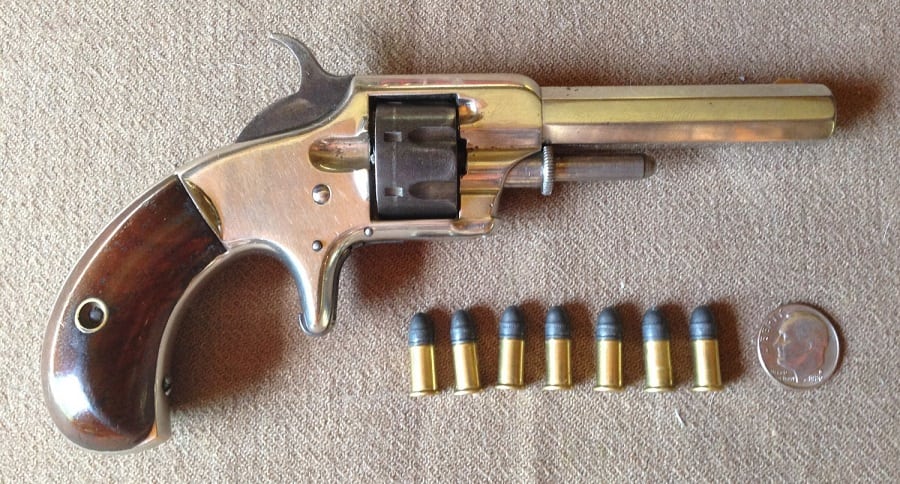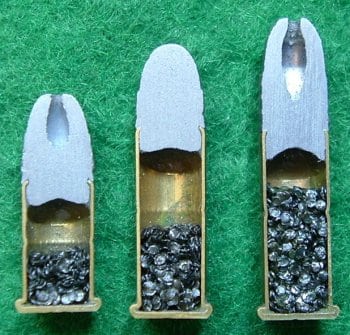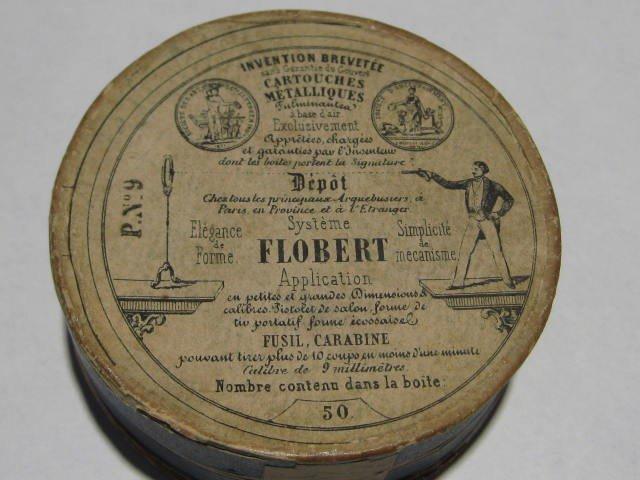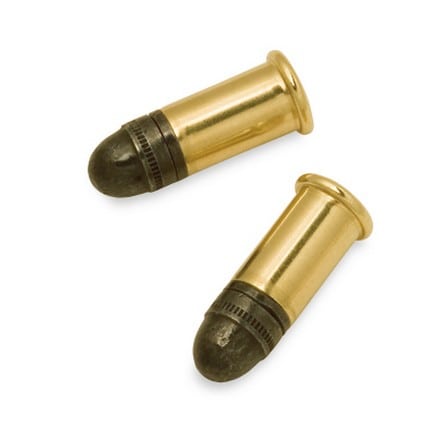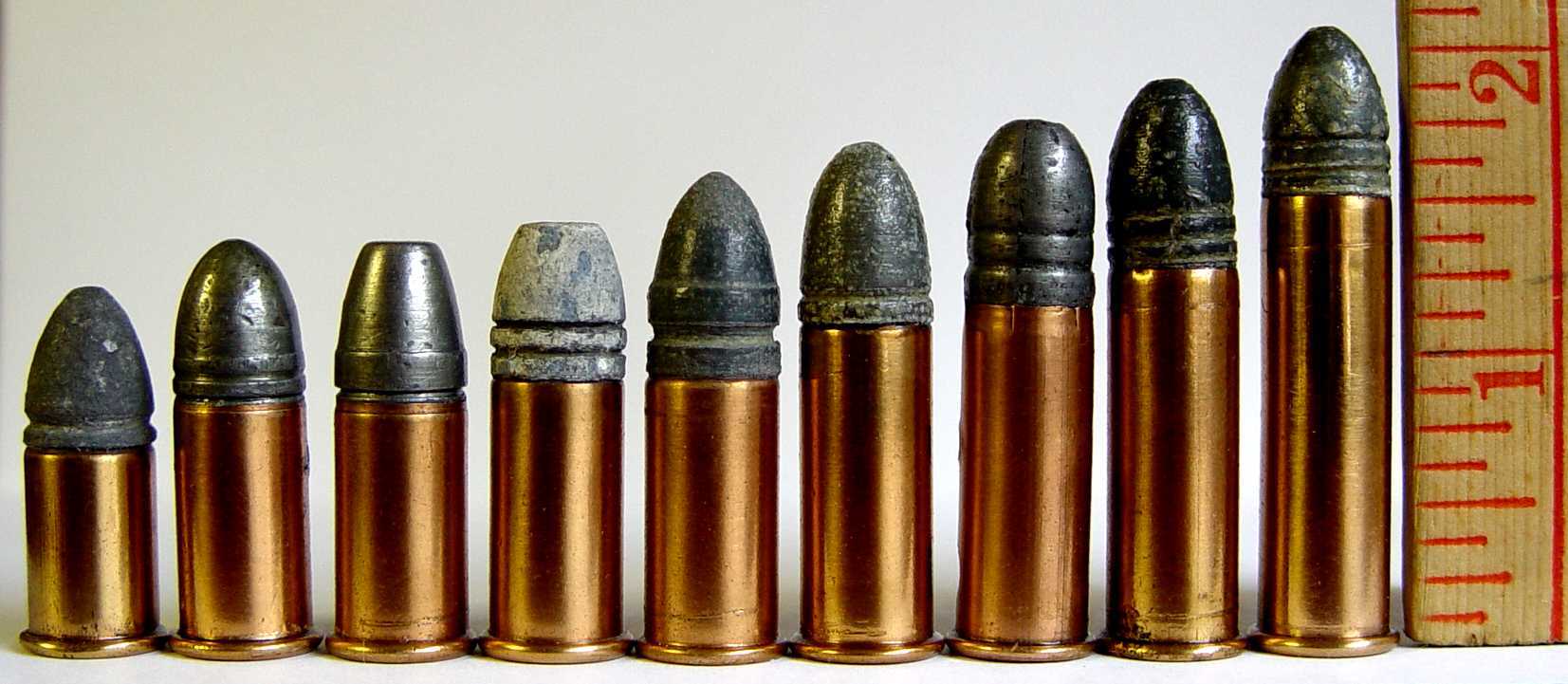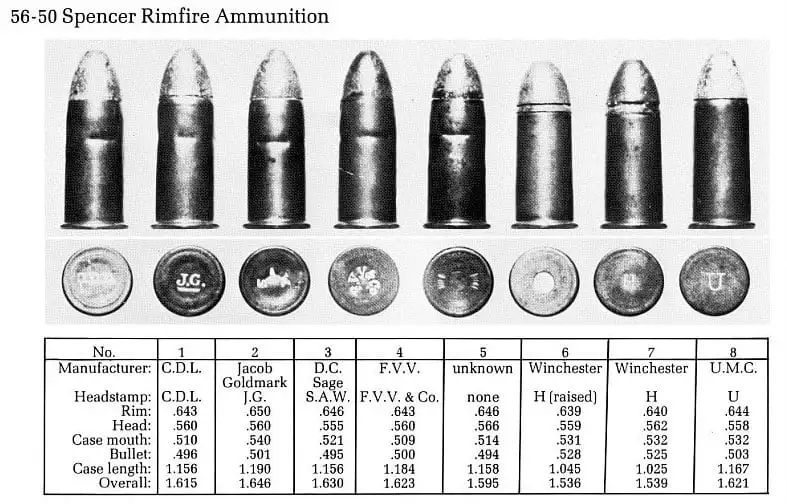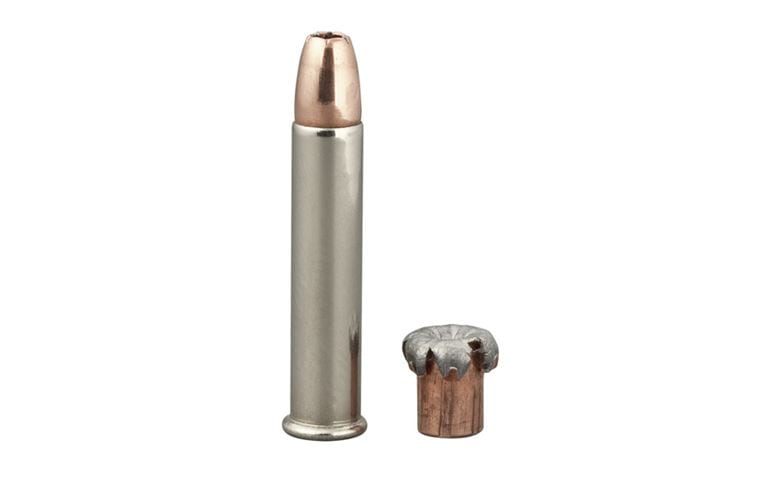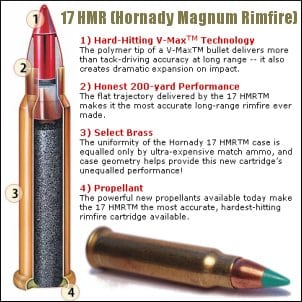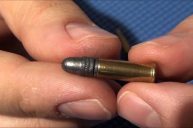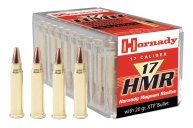There are far more rimfire cartridges than just the common .22 calibers.
This ignition system has a very long lineage.
Learn all about the history of the rimfire cartridge and how it changed everything.
A Frenchman named Louis-Nicolas Flobert had an interesting idea for a self-contained cartridge back in 1845. He took a percussion cap and attached a bullet to the top of it. The self-contained rimfire cases were invented for indoor shooting, but the design have an unbelievable future in coming years.
The next step in the evolution of the rimfire cartridge (with the priming compound in the cartridge's rim) came when Smith & Wesson introduced the .22 Short cartridge back in 1857 for their pocket revolver. Using only four grains of black powder, it was no power house. However, rimfire ammunition was still growing.
The .22 Long cartridge later came around, using five grains of black powder. This was followed by the .22 Extra Long, and ultimately the well-loved .22 Long Rifle cartridge. Bullet weights increased on many available rimfire flavors, which increased knockdown power. Rimfire cartridges didn't end there, though, as they would continue to grow in both size and power.
Stevens Arms came up with the .25 Stevens among other, larger rimfire calibers. The militaries of many nations used larger rimfire cartridges still until the advent of more reliable and easier-to-manufacture, easier-to-handload centerfire cartridges. Smokeless powder replaced black powder, helping rimfire ammo take a huge leap forward.
The era of the rimfires was cut short, and what was left was the .22 Short, .22 Long, and .22 Long Rifle cartridges. The little cartridge proved so perfect and cheap for small game, pests and targets that they stuck around. It's bigger brother, the .22 Winchester Magnum Rimfire rounded out any production of .22-caliber rimfire selections. The rest went obsolete and faded into history due to the popularity of centerfire ammunition.
It wasn't until 2002 that a new rimfire cartridge was born. Hornady took a .22 WMR cartridge and necked it down to a tiny .17 caliber. It spit a 17-grain bullet at a staggering 2650 feet per second. Prairie dogs and smaller targets were now in serious trouble from farther out, thanks to this fast-expanding projectile. Shortly after, a necked-down .22 Long Rifle cartridge became the .17 Mach 2 cartridge.
So, the iconic rimfire concept is alive and well. With a huge number of shooters using .22 Long Rifle ammunition as well as other popular cartridges, we're certain it won't go obsolete for generations to come.
Do you like articles about the outdoors? Click here to view more articles by Eric Nestor. You can follow him @ericthewoodsman on Twitter, The Classic Woodsman on Facebook, and @theclassicwoodsman on Instagram. You can view more Nestor Photography photos at Nestor Photography.
NEXT: SURVIVAL RIFLE REVIEW: HENRY U.S. SURVIVAL AR-7 RIFLE
WATCH
https://rumble.com/embed/u7gve.v3trit/
